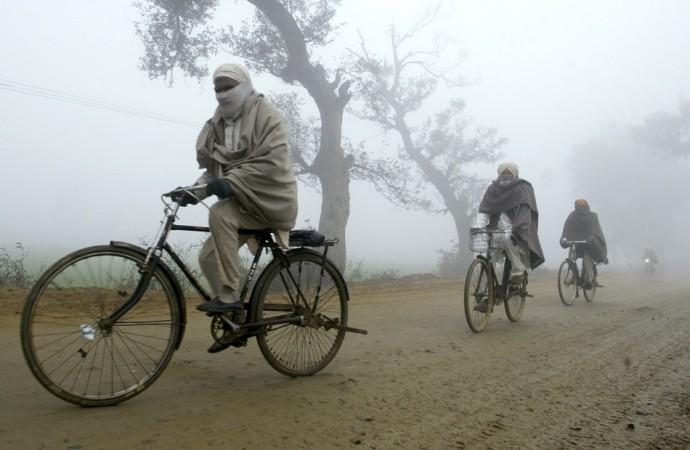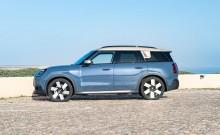
The number of private vehicles has increased in the country in recent years, bringing with it a fear of mounting social menace and abrupt decline of non-motorized transport in years to come.
"Non-motorized transport is likely to reduce by 30-40 percent from the current levels in all Indian cities irrespective of their population in another 10-20 years' time, bringing in a host of mobility challenges such as pollution, reduced road safety, congestion, etc.," said Aswin Kumar, Senior Research Analyst, Automotive and Transportation Practice in a statement by Frost and Sullivan, a Growth Partnership Company.
The Senior Research Analyst also added that, unsustainable transport could have a negative impact on environmental as well as economic growth. It is estimated that non-motorized transport such as cycling, walking, etc., will decline steadily in the long run, making Indian mobility less environment-friendly.
The mobility challenges in India provide unique opportunities for the Government and Vehicle Manufacturers (VMs) to invest in environment-friendly products and technology for a sustainable future.
"In the past few years, Indian cities have witnessed tremendous increase in the use of private transport, which has put additional pressure on the already fragile infrastructure, bringing with it a host of challenges such as road accidents, increasing levels of pollution, congestion, etc.," said the Automotive and Transportation Practice expert.
"With Indian cities growing outward, the average trip distances have been increasing. Combined with slower travel speeds, suburban sprawl has greatly increased the average travel time. In India, the trip to and from work now requires more than three hours a day for suburban residents," Aswin added.
Indicating that VMs should look to invest in smart and efficient green technologies, the expert also urges that technologies such as start-stop systems, electric mobility and Diesel Particulate Filter should be explored to stay ahead of the curve and also help cities fight pollution.









